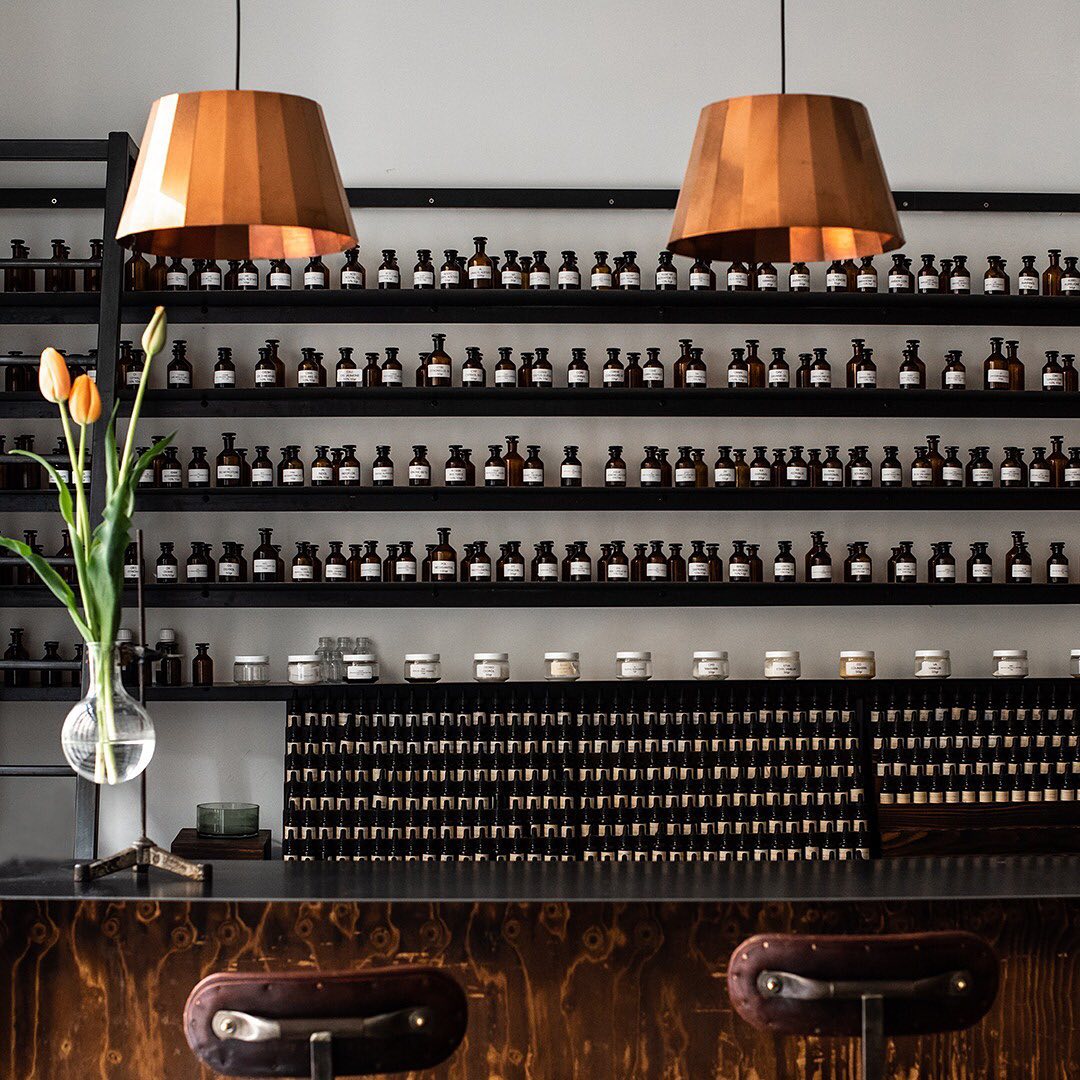
the largest multi-brand beauty store in France
+800 fragrances from +80 brands including :
recommended in more +60 city guide
You have a question? Please consult the Frequent Asqued Questions (FAQ).
If you don't find your answer, please contact us:
by email: info@noseparis.com
by phone: +33 1 86 47 72 76
Nose ship perfume by international airfreight and by La Poste for the services Colissimo Expert and Chronopost Classic to more than 75 countries.
To know more, please consult the Frequent Asked Questions (FAQ)
To know more about returns and refunds, please consult Terms and Conditions of Sales, section 6 Right to and period of withdrawal.
Nose proposes an olfactive diagnosis where 5 perfumes will be proposed among a list of 500 curated ones.
Do the diagnosisNose proposes an olfactive diagnosis where 5 perfumes will be proposed among a list of 500 curated ones.
Do the diagnosisJulien Rasquinet is a perfumer. Graduated at a business school, the extraordinary encounter with master perfumer Pierre Bourdon made him change his destiny. Citizen of the work, he loves to travel and lives between Paris and Dubai nowadays. From where he gets his infinite oriental inspiration. He's the creator of many perfumes for brands at Nose such as Naomi Goodsir, Histoires de Parfums, and more...
What is your motto?
Explore the world. Creativity springs out of encounters with people, cultures and landscapes. I tend to come up with the best ideas during vacations.
What is your oldest olfactive memory?
The scents of Normandy, where I spent every weekend and holiday throughout my childhood. I have a fond memory of the smell of cut grass, of walks in the forest, humus, and overripe apples lining the ground in September. I also have a strong memory of the smell of humid stone mixed with iodine from my holidays in Knokke-le-Zoute, where I would visit my grandparents every summer.
Who has been your mentor in perfumery that’s inspired you the most, and why?
I was lucky to meet Pierre Bourdon, who offered to instruct me in the art of perfumery although I hadn’t even asked! There were two of us, Julie Massé and myself, who were trained in such a friendly atmosphere of companionship. Pierre Bourdon was already one of the perfumers in the world that I admired the most and it was thus an incredible chance for me that he proposed to do my training, as I had just finished business school and knew nothing of perfumery.
I spent three exceptional years with him. We were together every day and he shared generously of his time and his knowledge, transmitting his passion, technique and philosophy. He thought us to be rigorous in the selection of raw materials, to maintain clarity through the realisation process, to express our imagination through heavy dosing and exaggeration, to have a sense of initiative and finally, to create narratives through perfume. More recently, I met the perfumer Anne Filipo, for whom I have an enormous admiration. She has a sublime way of writing perfumes and she’s been very generous to me. As a perfumer, you can keep learning all your life through the contact with others. With her, I feel that I’m discovering so many things. I hope that we’ll have the opportunity to work together more and more!
What are your favourite raw materials?
There are materials that I appreciate more than others, of course, such as rock rose or other opulent balsamic notes, but I don’t want my work to be centred around favourites. A good raw material is the one that’s essential to the story that I want to tell, and wouldn’t like to be telling the same stories over and over.
You lived in the Middle East for two years and you still travel there a lot. What are the established and upcoming trends in this market?
The market was already heavily turned towards amber wood, but since the IFF [International Flavors & Fragrances Inc] launched Amber Xtreme TM, one of the most powerful woody notes in the market, we’ve seen a lot of new launches inspired by this ingredient. That is probably the most exciting thing that’s going on in the Middle East at the moment.
What are the agreements and the notes that this clientele is the most interested in?
The Middle East is a huge junction of influences with an immense aesthetic diversity. It’s a well-known fact that perfumery has its roots in this region, yet the local creations have been under strong influence from perfumers from Grasse and from India.
In Europe, there’s been a lot of interest for agar wood, also known as oud, and many brands have released perfumes using this ingredient. Undoubtedly, this has been a great contribution to Western perfumery, yet there are still so many olfactive territories to explore! It’s fascinating to see how they deal with roses, saffron, musk, amber wood, agreements used to create mukhallats, Bakhoors and so on in the Middle East, and how these inspirations are inexhaustible!
You have written the formulas for several perfumes for the brand Naomi Goodsir: Bois d’Ascèse, Cuir Velours, Iris Cendré. In addition to the inspiration of the designers, how do you interpret each of the scents? What is your inspiration
Bois d'ascèse is the translation of one of Naomi’s olfactive memories. Her first atelier in Australia was within an abandoned church where she would light wood fires. The perfume reflects this memory: the very smoky scent of carbonised wood mixed with church incense. When I work for Naomi, the process is centred on the idea of the clear and the obscure, the serious and the cheerful, the deep and the light, and the technical aesthetics and the comfort. Cuir Velours is a reflection on her leatherwork. I had in mind the image of the extremely chic fashion universe of Naomi Goodsir as an aristocratic and almost decadent sphere. I imagined her working with leather in her atelier, in an elegant and cosy atmosphere in which rum meets tobacco on Chesterfield sofas and oak hardwood floors. I also envisioned the duality between the work on new leather and leather that’s been worn down by time. There’s quite a funny story behind Iris Cendre. We worked on it for a year but we always kept coming back to the first attempt, which is the one we ended up with in the end! We wanted an iris anchored in history and also in the identity that we had started developing for the brand. Mystical and smoky with a hint of leather.
You’ve also worked with Histoire de Parfums for “Not a Blue”. What was your take on this project?
I worked with Gérald who wrote most of the formula, whereas my role was almost that of a technician. As if he was the artist and I was the artisan. I like calling him my “art director”. He wanted a note that was completely alien, that didn’t resemble anything on the market, but that would be easily acceptable; a comforting perfume that would work as a second skin and yet having an expansive scent trail. We succeeded quite well with a blend of musk, woody notes, honey and aldehyde.

the largest multi-brand beauty store in France
+800 fragrances from +80 brands including :
recommended in more +60 city guide
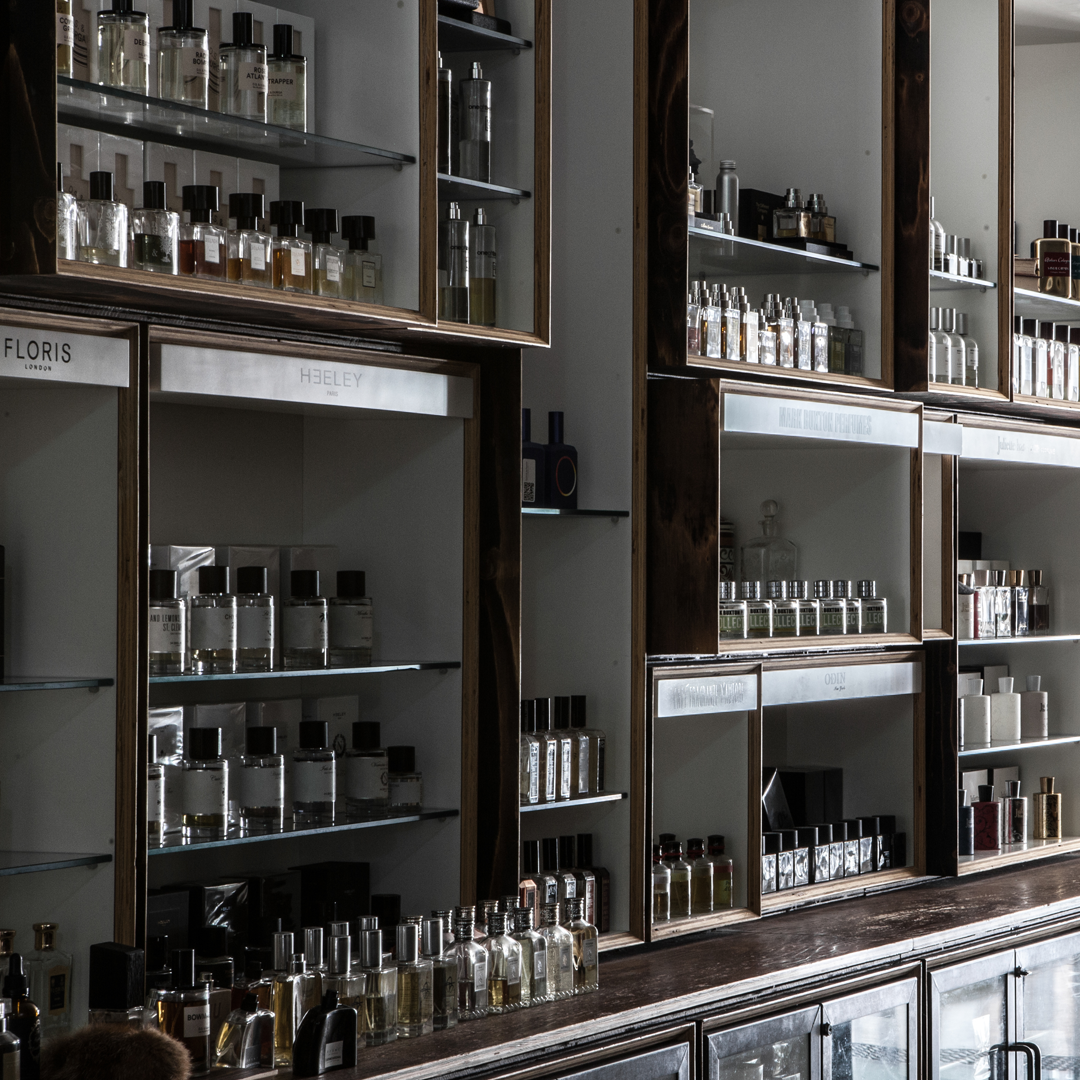
+ 800 fragrances from +80 niche brands
but also home & cosmetics.
100% authentic products & official reseller
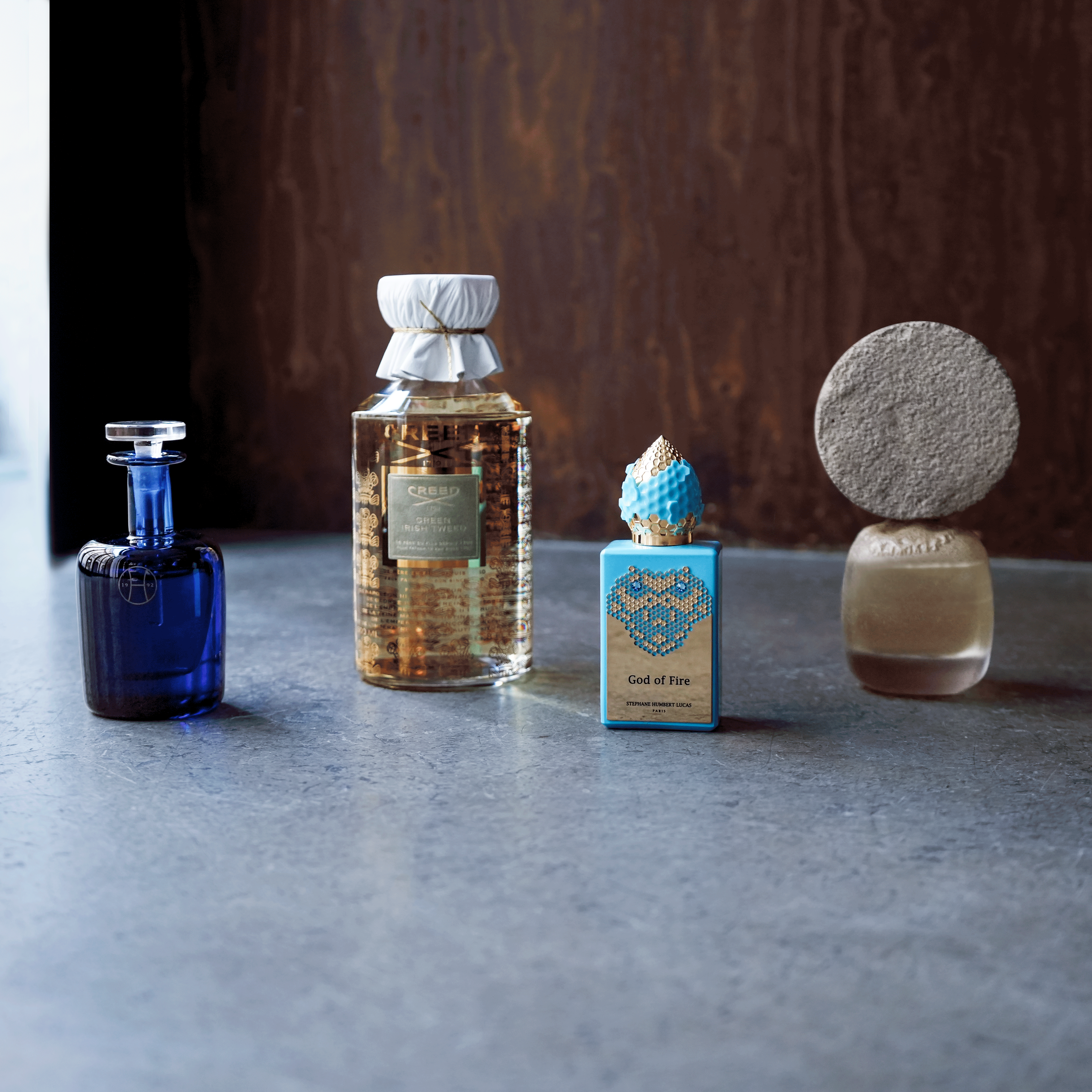
official French price for :
Creed, Maison Francis Kurkdjian, Kilian,
Marc Antoine Barrois…
VAT free for non European country
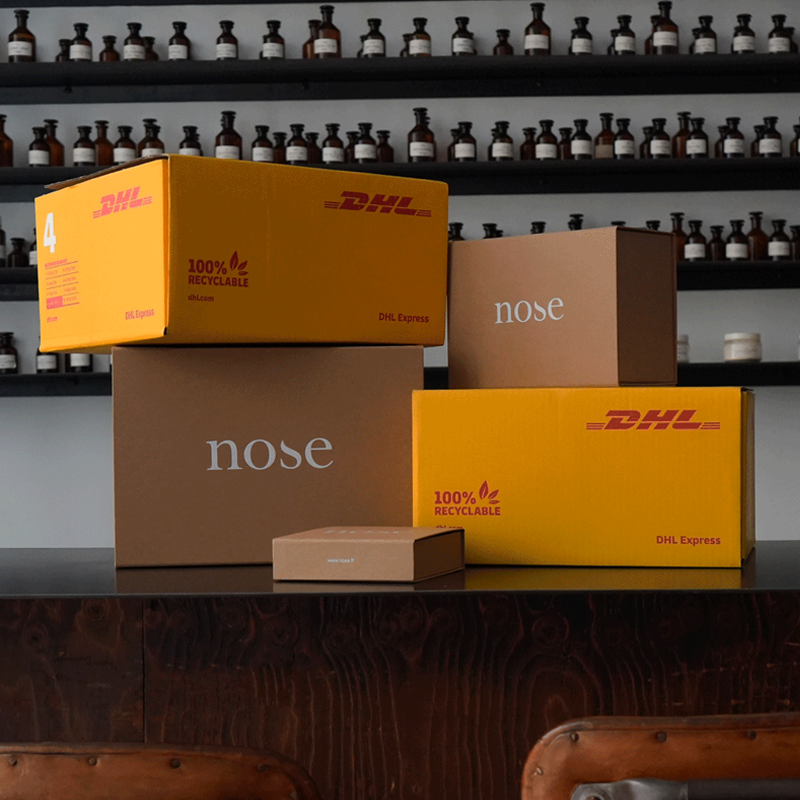
free express airplane delivery with DHL above
€167
all informations available here.
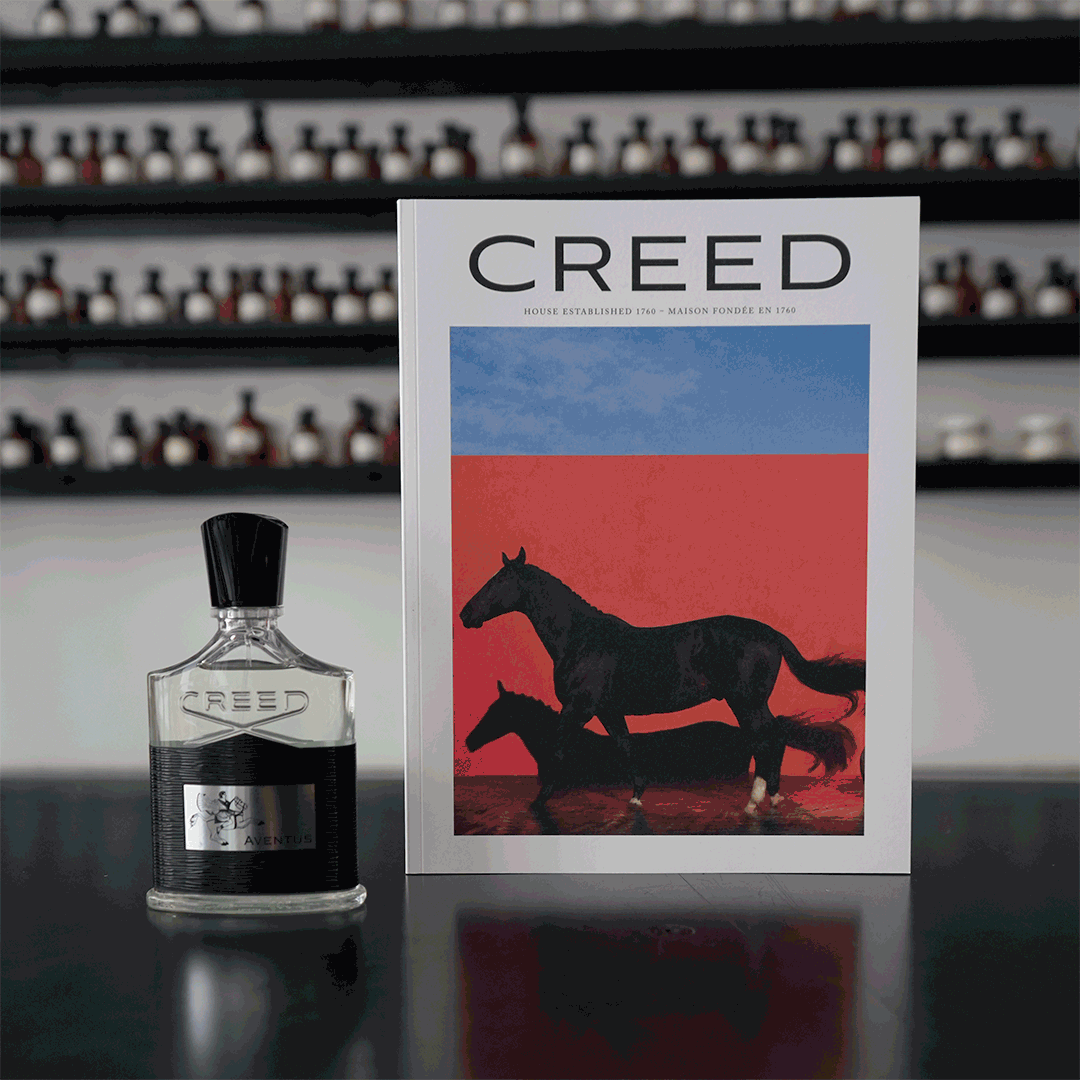
+200 gifts offered with purchase by over 50 brands!
Creed, Maison Francis Kurkdjian, Kilian, Diptyque,
Éditions de Parfums Frédéric Malle & much more
to discover here.